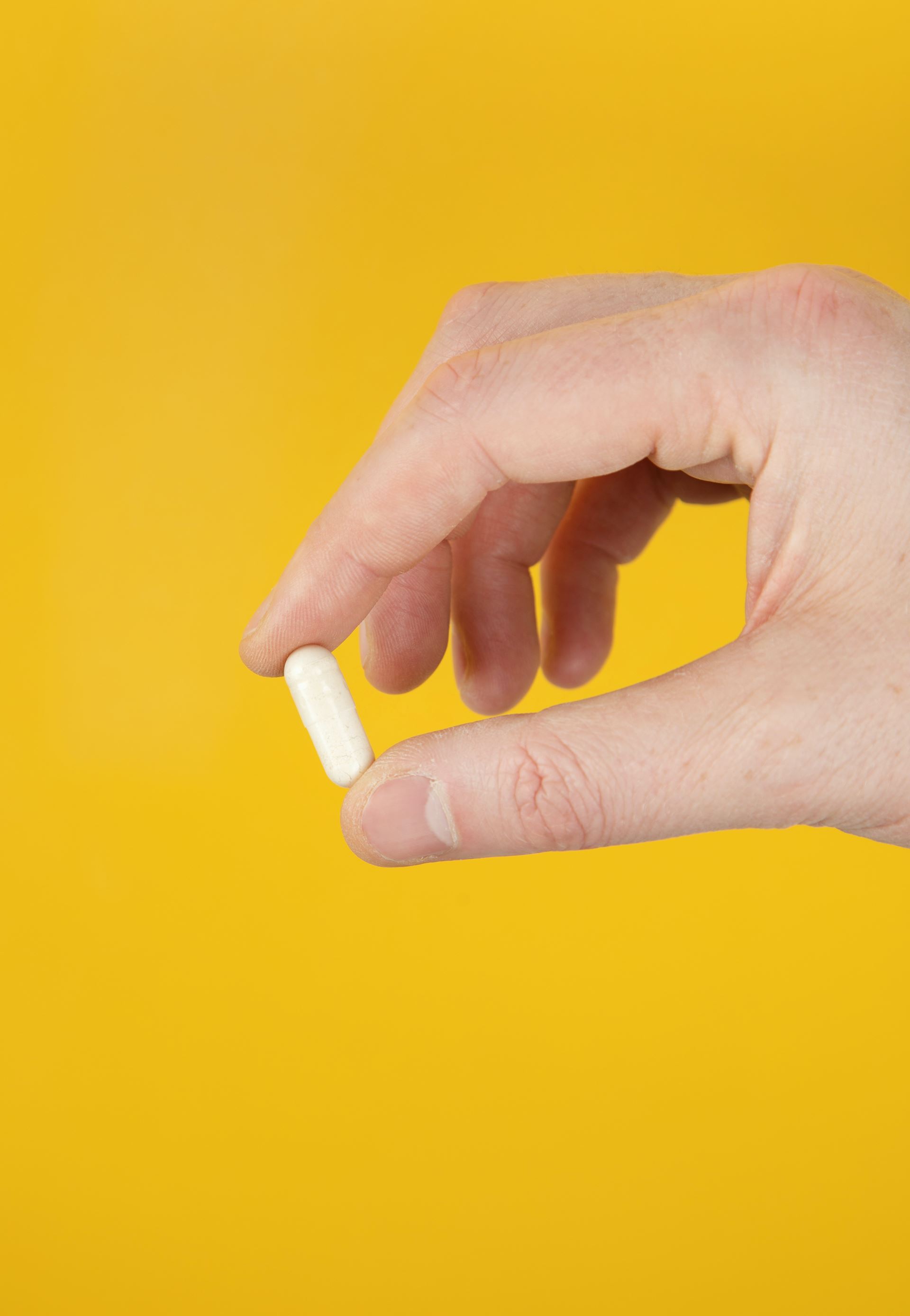Cholesterol Management
Cholesterol
Cholesterol (or more commonly known as fat) in the diet is important for general health making hormones and supporting general daily bodily functions. However, high levels in the blood can over time cause issues with narrowing or blocking the blood supply to the heart, brain, and limbs. This in turn, can cause Ischaemic Heart disease, Stroke and peripheral vascular disease.
People often do not have symptoms of high cholesterol and is often found on a blood test.
High cholesterol is often caused through various factors:
- high fat diet
- being overweight
- smoking
- drinking too much alcohol
- lack of exercise
Ways to reduce Cholesterol
Below are useful local community support and online links to help reduce cholesterol.
Key ways to reduce cholesterol:
- maintain a healthy weight (BMI bewtween 18-25)
- eat diet in low cholesterol, high in fibre
- exercise regularly
- take cholesterol lowering medication
- reduce or stop alcohol intake
- stop smoking
Statin Medication
Statins are a group of tablets that help to lower the level of bad cholesterol in the blood. Cholesterol reducing medications like statins are commonly prescribed by our clinical team. Examples include: atorvastatin, simvastatin, rosuvastatin.
Statins are tablets taken once a day usually in the evening. They can sometimes interact with grapefruit juice and other medicines so it is important to read the information leaflet or contact your GP or pharmacist for advice.
Statins are usually recommended if:
- you have been diagnosed with heart disease, stroke or peripheral vascular disease,
- if your risk of heart disease is considered high based on your current health , lifestyle and family history
- Very high cholesterol levels associated with rare genetic conditions


Exercise
NHS recommendations state adults should aim to:
- do strengthening activities that work all the major muscle groups (legs, hips, back, abdomen, chest, shoulders and arms) on at least 2 days a week
- do at least 150 minutes of moderate intensity activity a week or 75 minutes of vigorous intensity activity a week
- spread exercise evenly over 4 to 5 days a week, or every day
- reduce time spent sitting or lying down and break up long periods of not moving with some activity
You can also achieve your weekly activity target with:
- several short sessions of very vigorous intensity activity
- a mix of moderate, vigorous and very vigorous intensity activity
Page created: 04 September 2020





